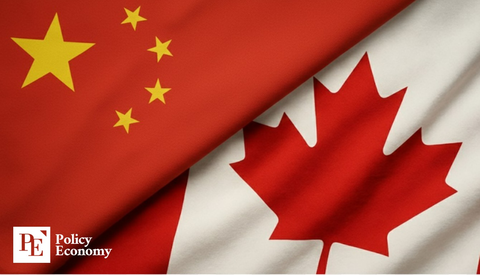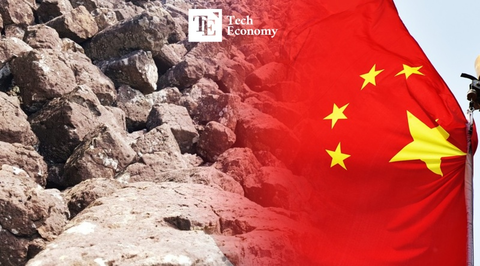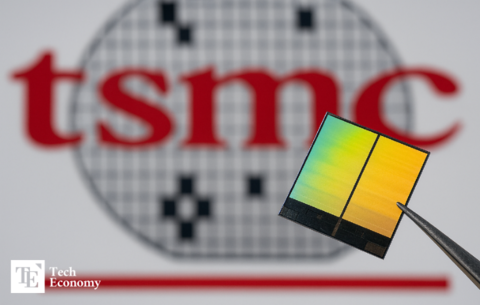"Stop Solar Overproduction": China Moves to Cut Polysilicon Output
Input
Modified
China’s Ministry of Industry and Information Technology urges solar firms to reduce output. Chinese solar sector has dominated the market through low-cost mass production. Oversupply beyond demand is eroding profitability and destabilizing the market.
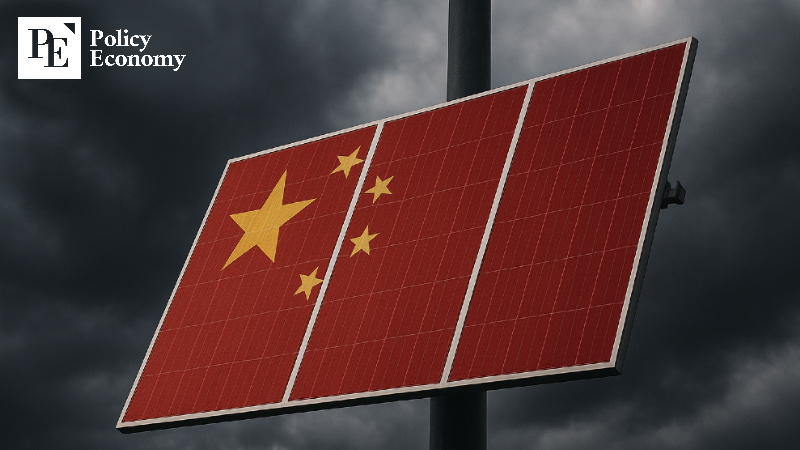
China has decided to curb production capacity for polysilicon, the key raw material used in solar panels. After years of chronic overproduction that have disrupted the market order, Beijing is now rushing to impose output cuts at the government level.
China Calls for Crackdown on “Disorderly Competition”
According to industry sources and foreign media reports on August 8, China’s Ministry of Industry and Information Technology (MIIT) held a meeting last month with leading solar companies, urging them to voluntarily cut production and restructure operations. Minister Jin Zhuanglong reportedly stressed the need to strictly curb low-price, disorderly competition and guide the orderly retirement of outdated facilities.
As a result, major polysilicon producers in China are working to establish a restructuring fund worth 50 billion yuan (about $7 billion). The fund will be used to acquire and decommission low-quality facilities with a combined capacity of 1 million tons—roughly one-third of the industry’s total capacity. It is expected to launch by the end of the third quarter, with full-scale restructuring starting in the fourth quarter. Once implemented, China’s total polysilicon capacity, currently about 3.25 million tons, could be reduced to around 2 million tons.
Even before the government’s official directive, the industry had already begun internal adjustments to address oversupply and improve profitability. In 2024 alone, major solar companies such as Trina Solar, Jinko Solar, and JA Solar collectively laid off more than 87,000 workers—approximately 30% of the sector’s workforce. With Beijing now taking the lead in pushing for production cuts, large-scale restructuring across China’s solar industry is set to accelerate.
Growth Strategies of China’s Solar Industry
Chinese solar companies have long dominated the global market by leveraging overwhelming price competitiveness. They have built vertically integrated supply chains, optimized production efficiency by utilizing vast land resources, and drastically lowered selling prices. Solar modules are produced in stages—polysilicon, ingots, wafers, cells, and finally modules—with the ingot, wafer, and cell production phases consuming particularly high amounts of electricity. In fact, electricity costs account for roughly 40% of total production expenses. To reduce costs, Chinese manufacturers have strategically located factories in regions with low electricity rates, such as Xinjiang, Inner Mongolia, and Yunnan. Xinjiang and Inner Mongolia are vast desert areas with abundant sunlight and wind, enabling large-scale solar and wind power generation to supply electricity at low cost. Yunnan, located along the upper Yangtze River, benefits from widespread hydropower, providing another inexpensive energy source.
Economies of scale are another critical factor driving cost reductions. Solar module production is a sector where average unit costs decline sharply as production volume increases. For example, JA Solar operates 13 factories across China, along with one in Vietnam and one in the United States, giving it an annual production capacity of over 95 gigawatts (GW). Considering that 1 GW can supply enough electricity for approximately 350,000 households for one year, JA Solar’s output could meet the annual electricity needs of roughly 33.25 million people. Beyond JA Solar, China is home to seven companies with capacities exceeding 50 GW annually, and an estimated 15 to 20 companies capable of producing over 10 GW per year.
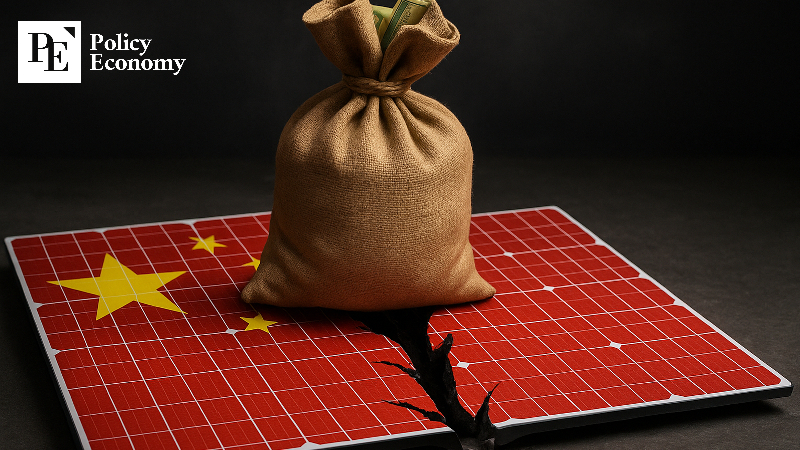
Aftermath of Overproduction Hits
Following the slowdown in China’s real estate market between 2020 and 2023, Beijing channeled resources into sectors such as solar power, electric vehicles, and batteries—triggering severe overproduction. Output of solar products has surged well beyond market demand, sparking cutthroat price wars. Today, global solar panel production is estimated to be twice the level of demand, with China accounting for the majority of output.
The downturn has been costly. Industry estimates suggest that Chinese solar companies suffered losses of roughly $60 billion last year alone. Data from the China Photovoltaic Industry Association show that in the same year, over 40 solar companies were delisted, declared bankruptcy, or entered mergers and acquisitions. Analysts believe the sector slid into a downturn in late 2023, worsened through last year, and is unlikely to rebound this year—explaining the government’s renewed push to rein in price competition and cut excess capacity.
In Korea, some market observers expect Chinese polysilicon production cuts to benefit domestic players like Hanwha Solutions and OCI Holdings. A price correction in the global solar market could lift demand for Korean-made products, improving profitability. However, others caution against excessive optimism. One industry source noted that solar demand has already fallen sharply compared to previous years, and that curbing Chinese oversupply may not restore market balance overnight. Even if reduced Chinese output creates “stray demand,” they warned, it may flow toward low-cost producers like India rather than Korea.




